Have you ever wondered what animals you may stumble upon during your trip to China?

This guide is a great place to start. From the Panda to the Elephant, here are some animals native to China.
Giant Panda
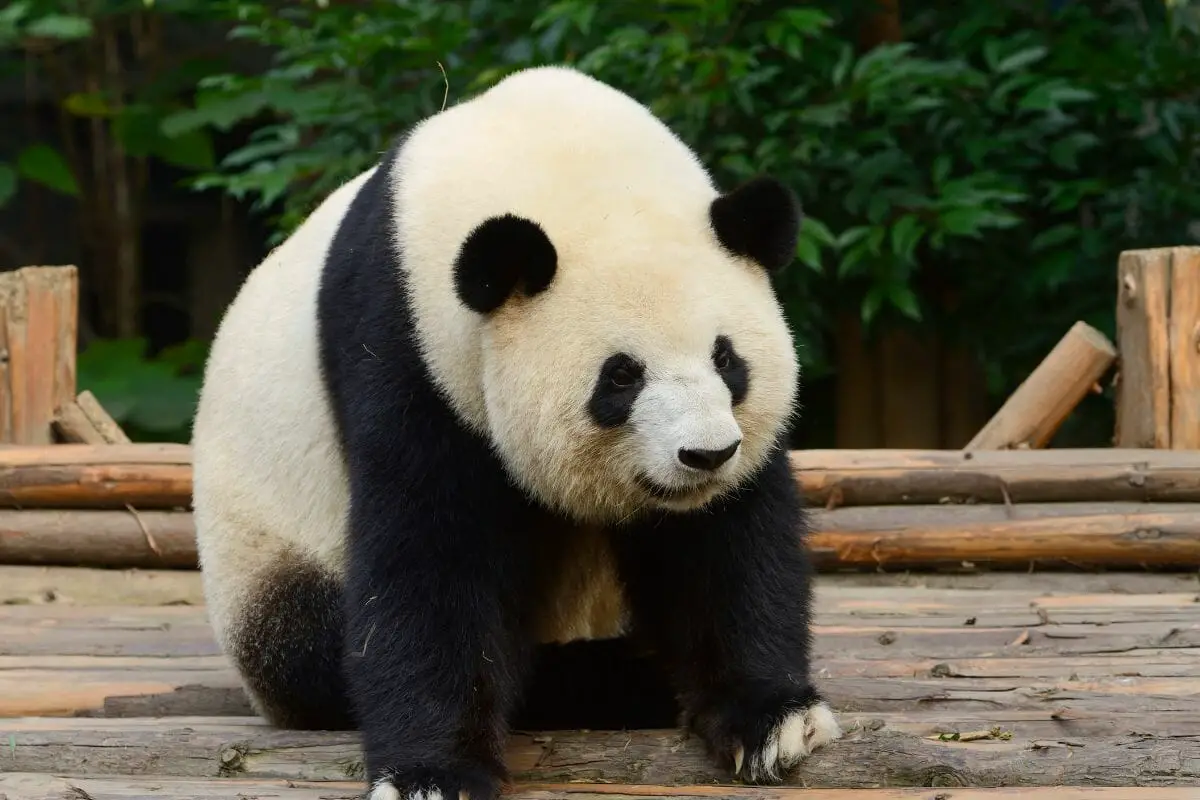
The black-and-white bear known as the gigantic panda has a bear-like physique. Its ears, eye patches, snout, legs, and shoulders are all covered in black fur. White covers the remainder of the animal’s coat.
Although experts are unsure of the origins of these remarkable black and white bears, some suggest that the vivid coloring serves as an excellent kind of concealment.
The giant panda has spent many millions of years living in bamboo forests. It is a very specialized creature with particular adaptations. They are found in a few mountain ranges in south central China.
Formerly found in lowland areas, giant pandas are now confined to mountains due to farming, forest clearing, and other human development.
Red Panda

Red pandas are a bamboo-eating species that originated in Asia’s Himalayan forests, just as giant pandas. Although they have a similar name and favorite food, the two animals are not closely related.
They are roughly the size of a house cat when fully grown, having flexible ankles that allow them to climb down trees headfirst, sharp, semi-retractable claws that enable them to grab small, bendy branches.
There are less than 10,000 of these animals left in the wild, and they are classified as endangered. Poaching and habitat degradation are their two main concerns.
The number of people has reportedly decreased by 40% alone in the last 50 years.
Binturong
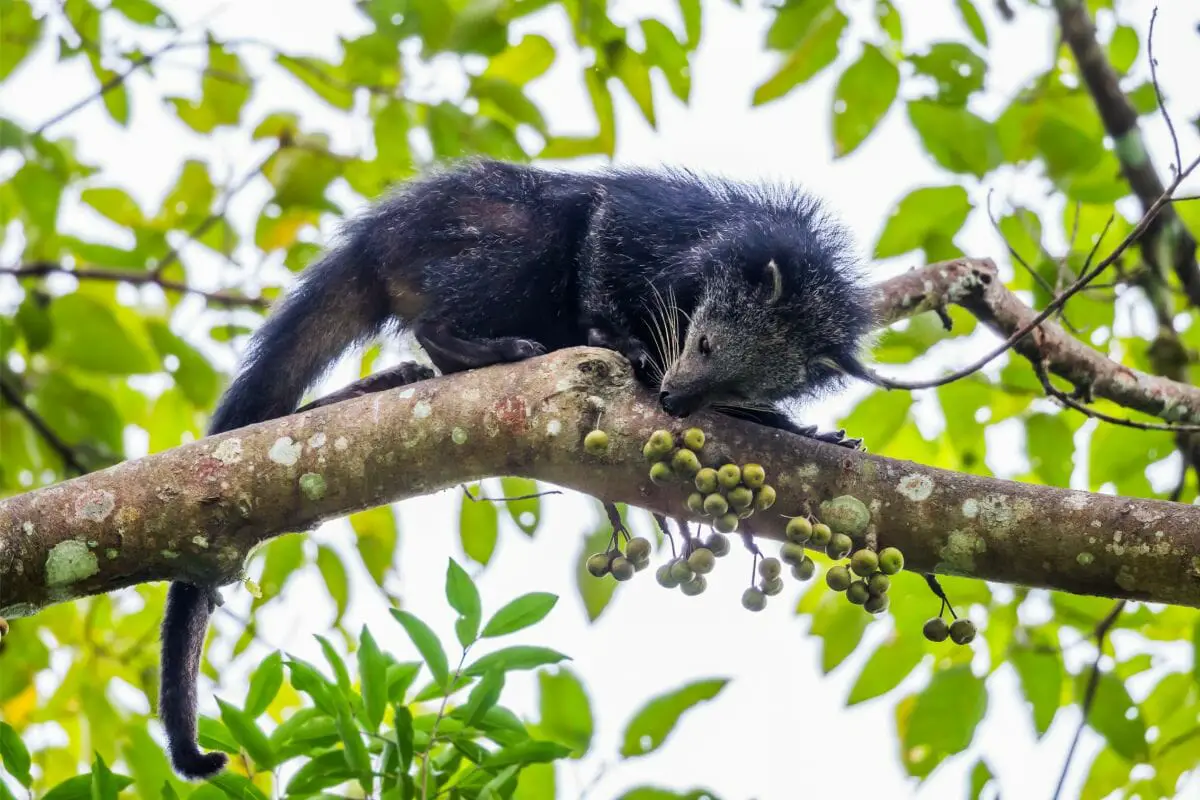
The binturong is occasionally referred to as a “bear cat” because of its bear-like physique and long, shaggy black hair, despite the fact that none of these animals are related to it.
Hunting prey includes small reptiles, birds, rodents, mammals, insects, and plant shoots for binturongs, which are omnivores. The majority of their diet, however, consists of fruit.
When descending down a tree headfirst, they can shift their ankles backwards so that their claws can still cling to the wood. Small, rounded ears with long hair tufts and small, reddish-brown eyes are their other features.
The major reasons that binturongs are currently categorized as vulnerable are habitat degradation and poaching for their flesh and fur.
Additionally, some traditional treatments use their body parts, and occasionally they are caught to be kept as pets.
Pallas Cat

Pallas’ cats have stocky bodies and long, dense coats, giving the impression that they are heavier and bigger than they really are.
In actuality, they are around the size of domestic cats, with bodies that may reach lengths of up to 26 inches and weights of only 10 pounds.
They can be found all over central Asia. Pallas’ cats like the stony steppes and grasslands at elevations up to around 15,000 feet within this area because they are cold and dry.
Pallas’s cat is lonely and secretive; it walks slowly but deliberately, hiding within its surroundings and blending into the background.
Even though it is active day and night, it reaches its highest activity during the crepuscular hours.
It hides during the day in cracks in the rock or tiny caves, the most frequent location being abandoned marmot burrows.
Asian Elephant
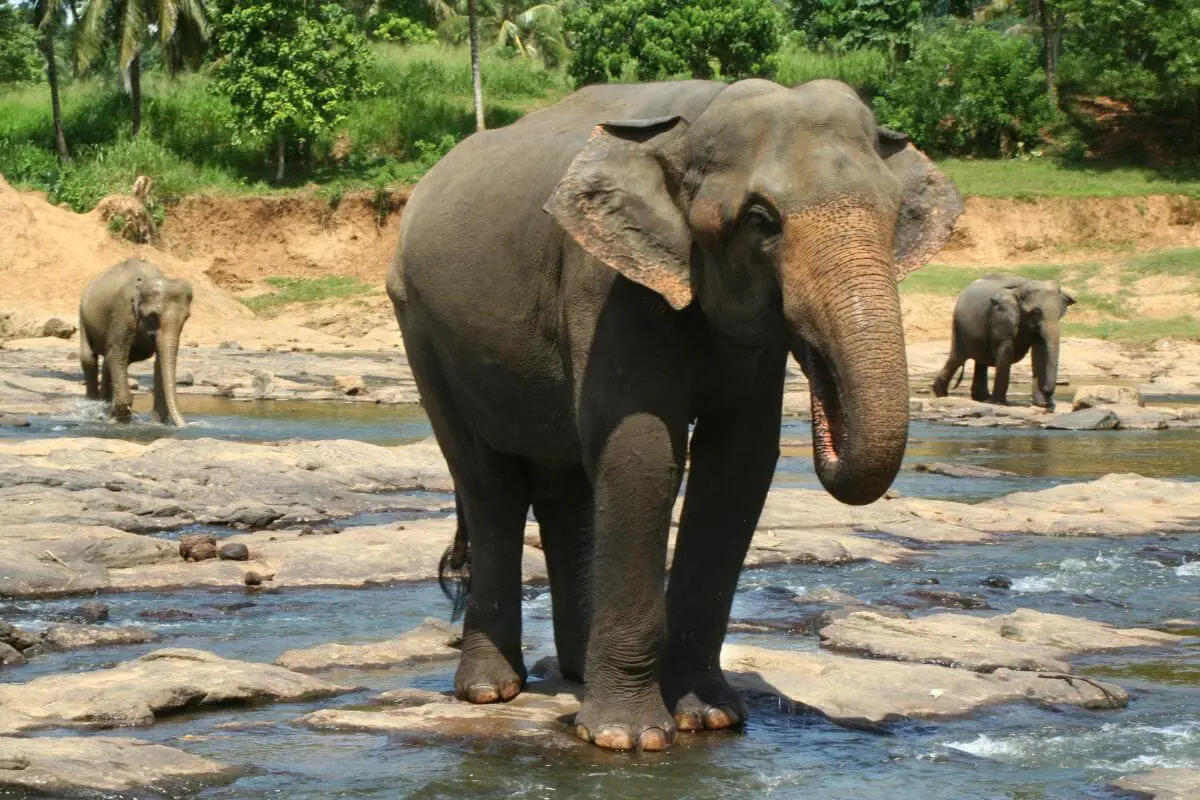
Asian elephants and African elephants may look similar, but Asian elephants are smaller and have proportionately smaller ears, which they constantly move to keep cool.
The species is currently mostly restricted to isolated populations spread across 13 nations in South and Southeast Asia, covering a total area of about 193,051 square miles.
The species has essentially gone from much of its historic range.
The loss of habitat due to deforestation and agricultural expansion, as well as human-elephant conflict as elephants look for space and attack crops growing close to their forest homes, are all threats to the wild Asian elephant populations.
Siberian Tiger
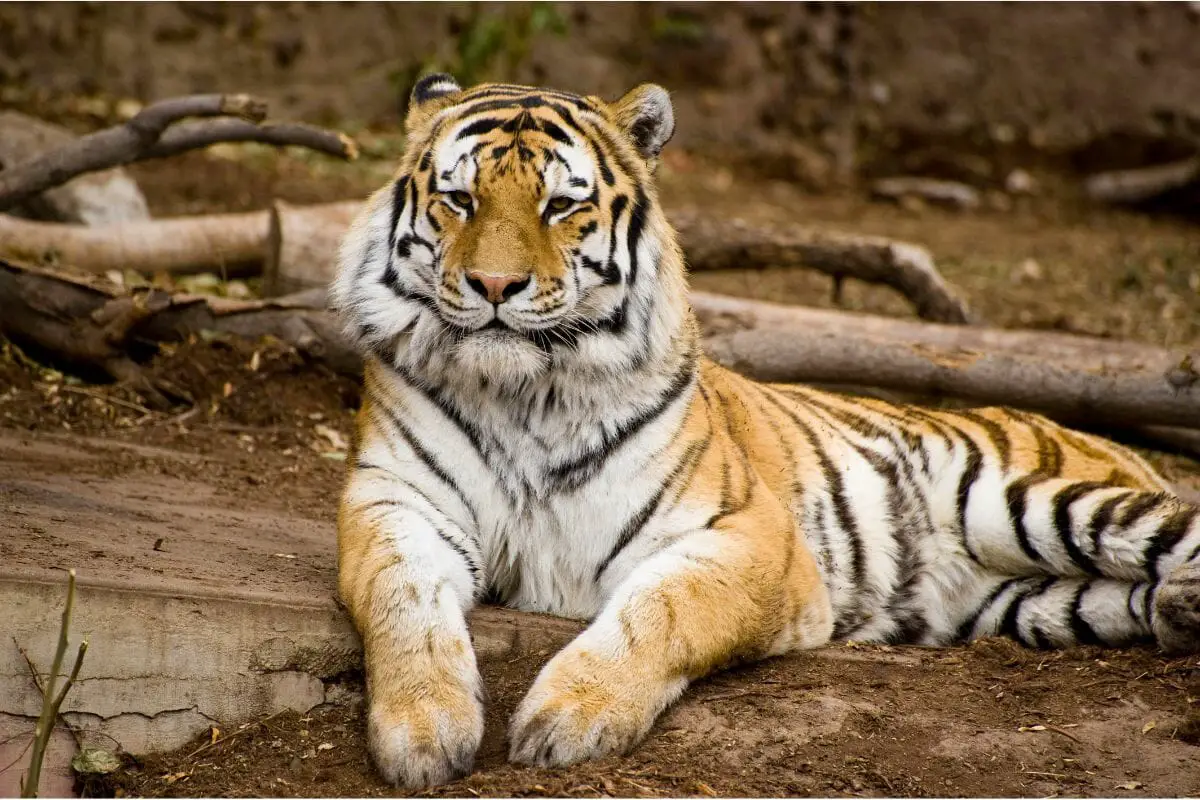
Also known as the Amur tiger, the Siberian tiger is found in a tiny area of southeast Russia. They can be found in North Korea and China in smaller quantities as well.
The Siberian tiger’s coat is a brighter shade of orange than that of other tiger subpopulations, and it gets even lighter in the winter.
Due to the colder temperature, they have longer, thicker coats than other subpopulations. They also have thick manes around their necks and extra fur on their paws to shield them from the cold.
Hunting and forest devastation have significantly decreased tiger populations over the past 100 years. Tigers are pursued both for their body parts, which are utilized in traditional Chinese medicine, and as hunting trophies.
All six of the remaining tiger subspecies are in danger, and numerous protection initiatives have been put in place.
Black Giant Squirrel

One of the biggest species of squirrels worldwide is the black giant squirrel. An adult black giant squirrel typically weighs between 1.05 and 1.25 kg, measures 34 to 37 cm in length from head to tail, and measures 41 to 42 cm in length.
The fur is a dark brown to black tone with lighter patches on the tummy and lower head.
Its food consists primarily of fruits, seeds, and young leaves, with sporadic insects and occasionally bird eggs as supplements. It constructs a huge, spherical nest of of branches and leaves.
Black giant squirrels can be found in a variety of ecosystems, including broadleaf woods, subtropical semi-evergreen forests, and tropical evergreen forests.
Recent years have seen a 30% decline in the population of the black giant squirrel as a result of habitat degradation brought on by agriculture and human settlement.
Asian Black Bear
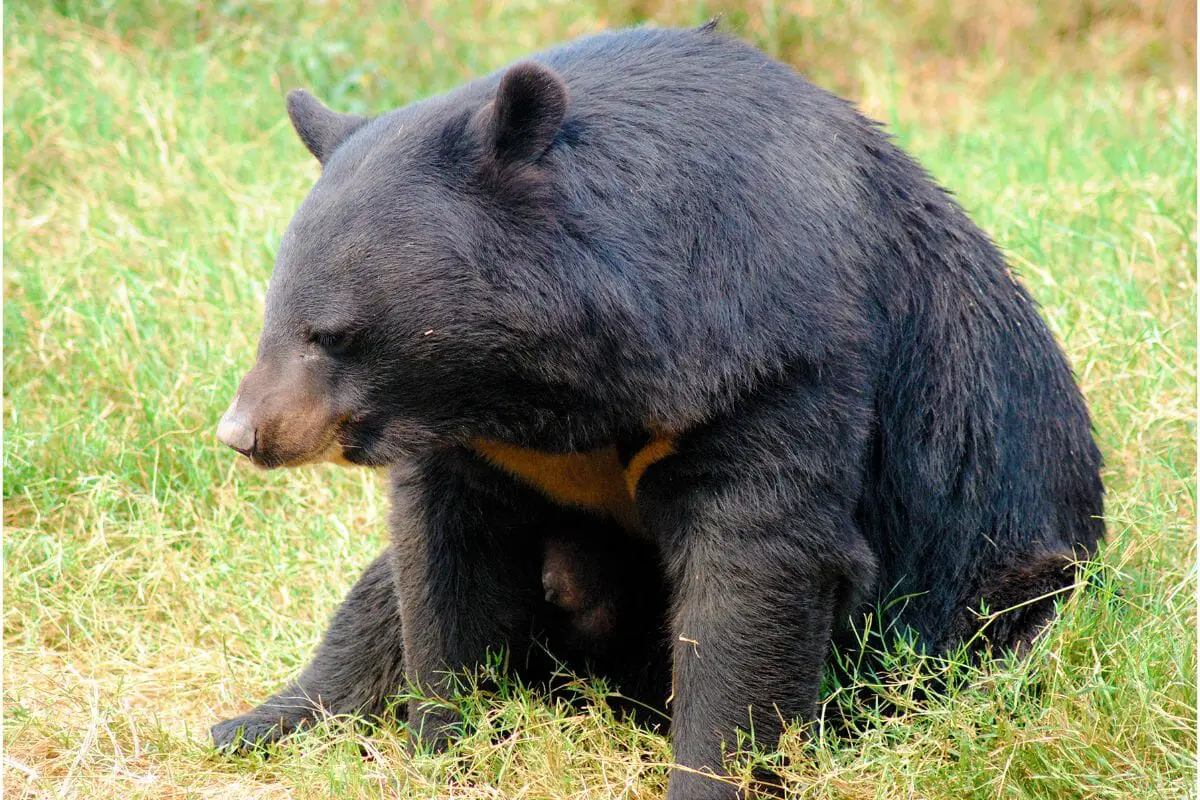
Asian black bears can be found in the forests of Eastern Asia, particularly in steep and mountainous terrain, from Afghanistan to Taiwan, China, and Japan.
The majority of these bears’ habitats are forested, particularly in hills and mountainous regions.
Particularly when compared to other bear species, this medium-sized, black bear has enormous ears that seem out of proportion to the rest of its head and a nose that is somewhat lighter than the rest of its face.
Various types of food, such as fruits, insects, invertebrates, small vertebrates, and carrion, have all been described as being consumed by Asian black bears.
They occasionally prey on domestic livestock, although it is uncertain to what extent they do so with wild hoofed mammals.
Summary
There are lots of different animals that can be found in China, ranging in habitat, appearance, behaviour, and more.
Unfortunately, a llot of these animals are also endangered due to poaching and deforestation – so by learning more about these wonderful animals, we can grow to really appreciate them for what they are.









